Parcours des Mondes (6–11 September) has much to celebrate – quite apart from its 15th anniversary this year. This event, staged in the galleries of Saint-Germain-des-Prés, may now lay claim to being the most important tribal art fair in the world. Over the years, increasing internationalism has enhanced both the quality and diversity of its offering – this time out more than 40 overseas galleries join the home team of 32 – although it has to be admitted that the ever increasing expansion of the fair into Asian art and antiquities has not met with universal support. Bolstered no less crucially by the city’s specialist museums and strong auctions, Paris has outmanoeuvred Brussels to become the pre-eminent tribal art marketplace.
And a very superior market is just what this annual open house feels like, as the 10,000 or so visitors meander in and out of the often small galleries lining the cobbled streets of this historic fine arts quartier – the site, after all, of one of the most famous fairs of the Middle Ages. For all its modesty – or perhaps because of it – Parcours des Mondes is one of the most enjoyable events in the arts calendar. There is nothing slick or corporate about it, and its participants – both the dealers and the collectors – are among the most passionate and knowledgeable in the world. This is one of the few areas of the art market where the very best comes at staggeringly different price points. It is also one in which recognising the very best takes a lifetime.
For the enthusiast, the mood is genial. A festive atmosphere prevails as friends and acquaintances meet and greet in the streets, which flutter with the orange banners flagging up the participating galleries. For the cognoscenti, however, it is serious business, given the ambition and scholarship of the best of the exhibitions, and where a masterpiece may cost up to – and over – €1m.
This event is known for its outstanding thematic shows, and this year promises not to disappoint. Bernard Dulon (10 rue Jacques Callot), for example, presents the first ever exhibition devoted to pieces originating in the Tsogo lands of south-central Gabon. The peoples of this area (between the Ngounié River and the Chaillu Mountains) are far less known than the Fang, Kota, and Punu. The difficulty of access to these rugged and densely forested mountainous enclaves has both preserved the customs and rituals of the numerous resident ethnic groups and delayed the recognition of their material culture. Here lay the origins of the Bwiti cults and their initiation rites that spread through Gabon.
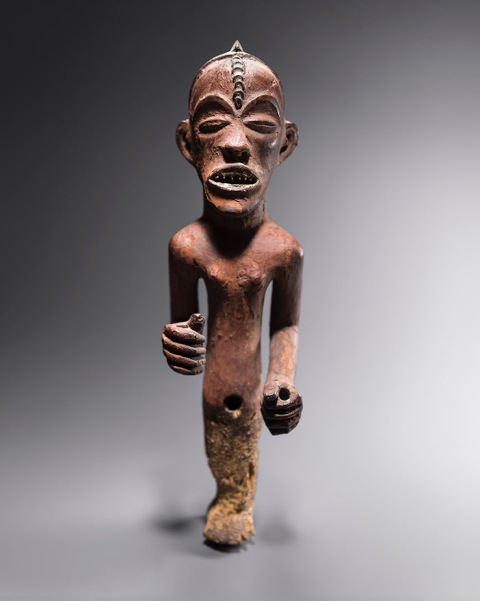
Reliquary Figure (mbumba) (19th Century), Tsogo, Gabon. Galerie Bernard Dulon
Dulon has gathered together some 15 pieces, mainly anthropomorphic figures, including new discoveries. The highlight is an extraordinary 19th-century male torso that featured on a Gabon postage stamp in 1982. The features of this reliquary figure are powerfully characterised, enhanced by metal teeth and scarifications, while the torso is framed by strong, angular arms. Included, too, are stools with human legs and feet, the like of which Dulon has never encountered. The gallery is being rebuilt around this show, and its catalogue by Bertrand Goy presents all the major Tsogo pieces in museums and private collections with the aim of placing them in both their historical context and the canon of African art. He has also identified two pieces in the collection of Matisse – Picasso and Epstein were other artist collectors of Tsogo. Prices vary, the highest over €1m.
For ‘Beyond the Mask’, Galerie Schoffel de Fabry (14 rue Guénégaud) presents some 40 examples, mostly African and 19th century, and all with evidence of use. The focus, explored in the catalogue essay by Marie Deparis-Yafil, is the spiritual link between the sculptor of the mask and its wearer. Ivory Coast pieces are a gallery speciality, and the star piece here is a richly patinated Bete warrior mask from the Guere-Wobe subgroup. Constructed of bold ‘cubist’ volumetric forms, it is little wonder that this Charles Ratton piece was exhibited in the pioneering exhibition ‘L’Art de l’Afrique noire et l’époque nègre de quelques artistes contemporains’ of 1956. Prices €3,000–€100,000+.
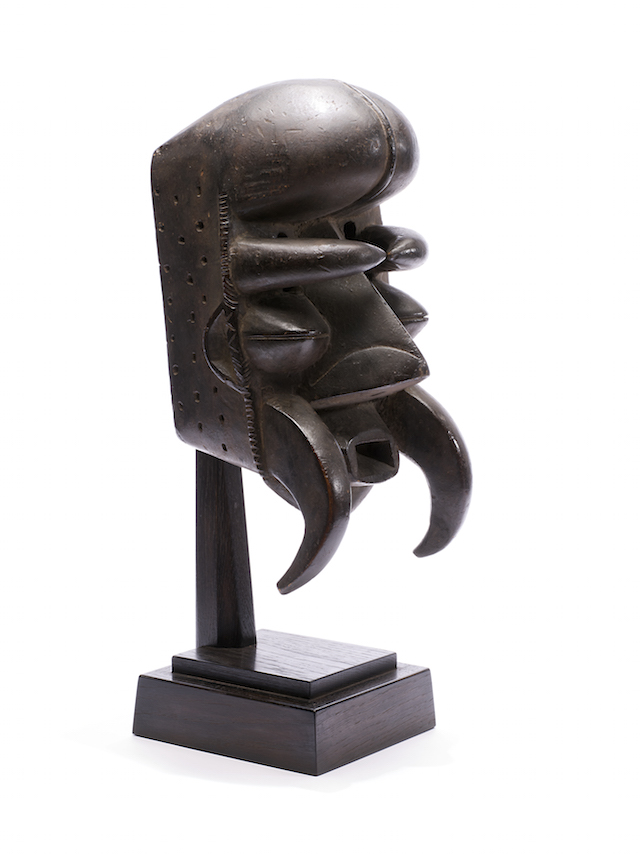
Mask, Bete, Guere-Wobe, Ivory Coast. Galerie Schoffel de Fabry
Yann Ferrandin (33 rue de Seine) takes a novel look at hair or, more precisely, the ornaments that adorn it and which signify social status and cultural identity. This is a show some 10 years in the making, and the 100 or so pins and combs – confected out of wood, bone, ivory, tortoiseshell, metal or feathers – are drawn from across the globe. Included is an exceptional Zulu bone hairpin, carved to suggest an anthropomorphic silhouette and conveniently doubling as a snuff spoon. Prices €1,000–€100,000.

Hairpin/snuff spoon (19th century), Zulu, South Africa. Yann Ferrandin
Barcelona’s David Serra (38 rue de Seine) pays tribute to the Catalan sculptor and ethnologist, Eudald Serra i Güell (1911–2002), with some 20 pieces from his collection. Continents are crossed in minutes at this fair. Californian Oceanic art specialist Michael Hamson (5 rue Jacques Callot) examines the art of Morobe Province, Papua New Guinea. New York-based Donald Ellis (12 rue des Beaux-Arts) offers a model North American teepee decorated with the finest rendering of horses he has ever seen. London’s Gregg Baker (27 rue Guénégaud) presents a pair of wood and lacquer komainu, or guardian dogs, dating from 16th- or 17th-century Japan.
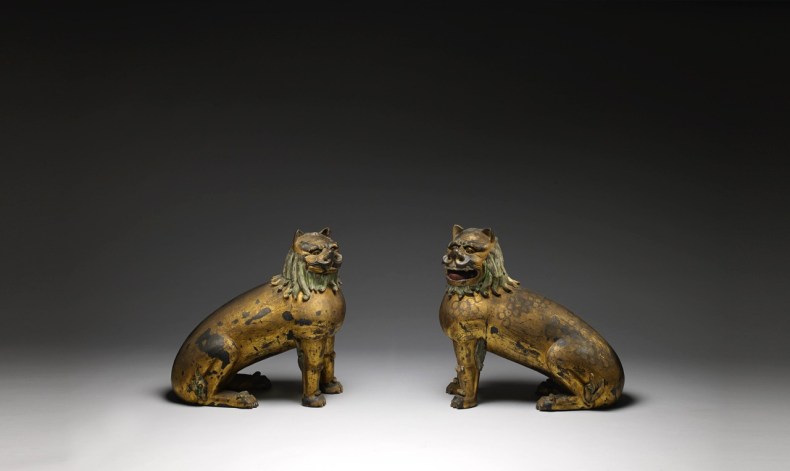
Komainu (guardian dogs) (16th–17th century, Muromachi/Momoyama period), Japan. Gregg Baker Asian Art
As a reminder that not all tribal art originates in far-flung corners of the world, Finch & Co. (3 rue Jacques Callot) brings a rare Neolithic early Scottish or Pictish stone sphere of around 3000–2500 BC. Such stones – carved into ornamented spheres or platonic solids – argue a sophisticated understanding of geometry by an ancient people.
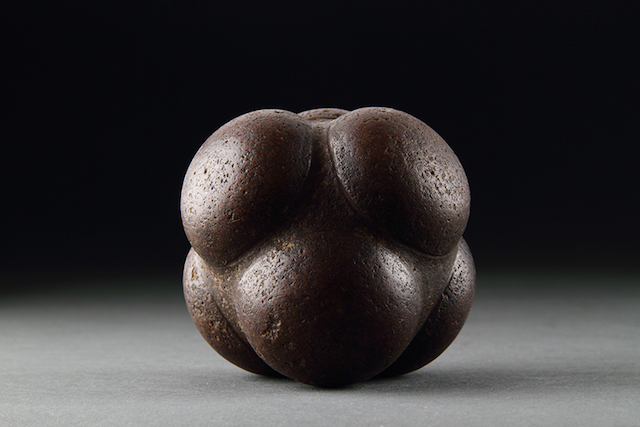
Stone sphere or ball divided into six sections (3000–2500 BC), early Scottish or Pictish. Finch & Co.
Parcours des Mondes takes place in the galleries around Saint-Germain-des-Prés, Paris, from 6–11 September.
Visit Apollo Collector Services for the best information and advice about managing an art collection.
Unlimited access from just $16 every 3 months
Subscribe to get unlimited and exclusive access to the top art stories, interviews and exhibition reviews.

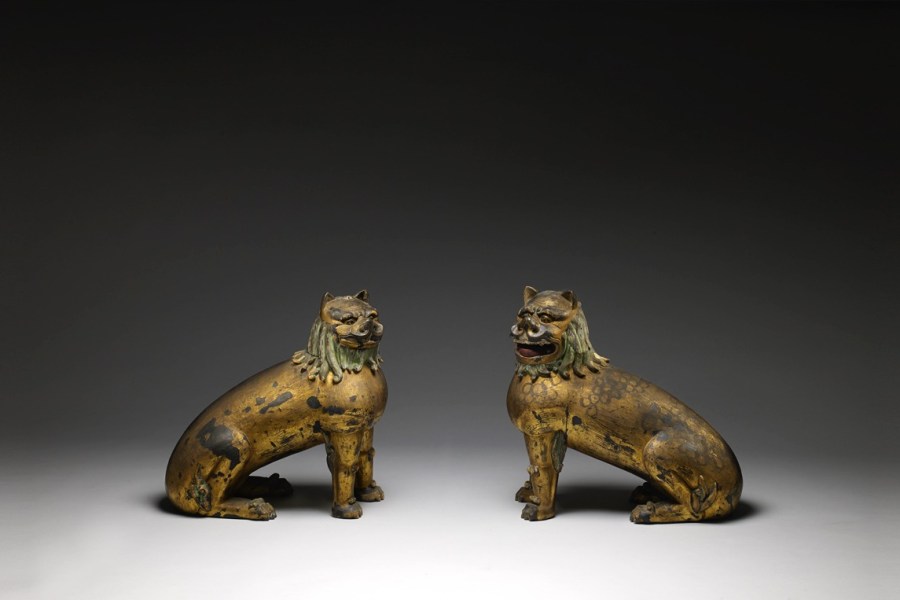
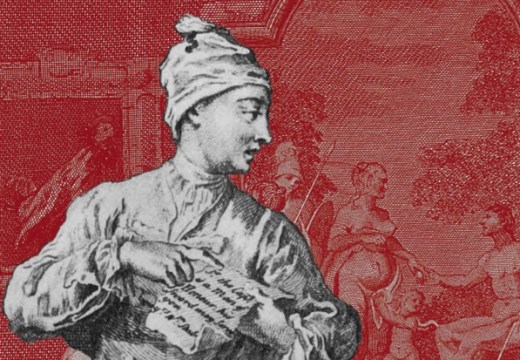
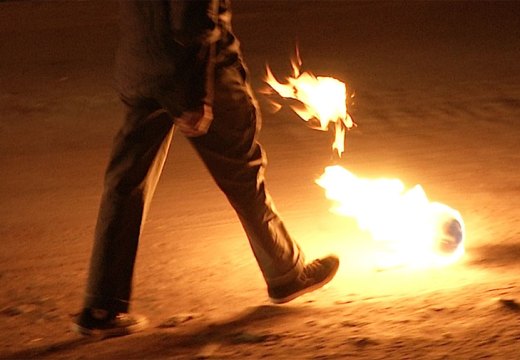
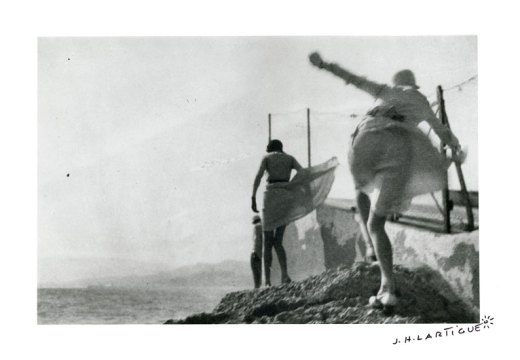









![Masterpiece [Re]discovery 2022. Photo: Ben Fisher Photography, courtesy of Masterpiece London](http://www.apollo-magazine.com/wp-content/uploads/2022/07/MPL2022_4263.jpg)
Has the Fitzwilliam got its rehang right?